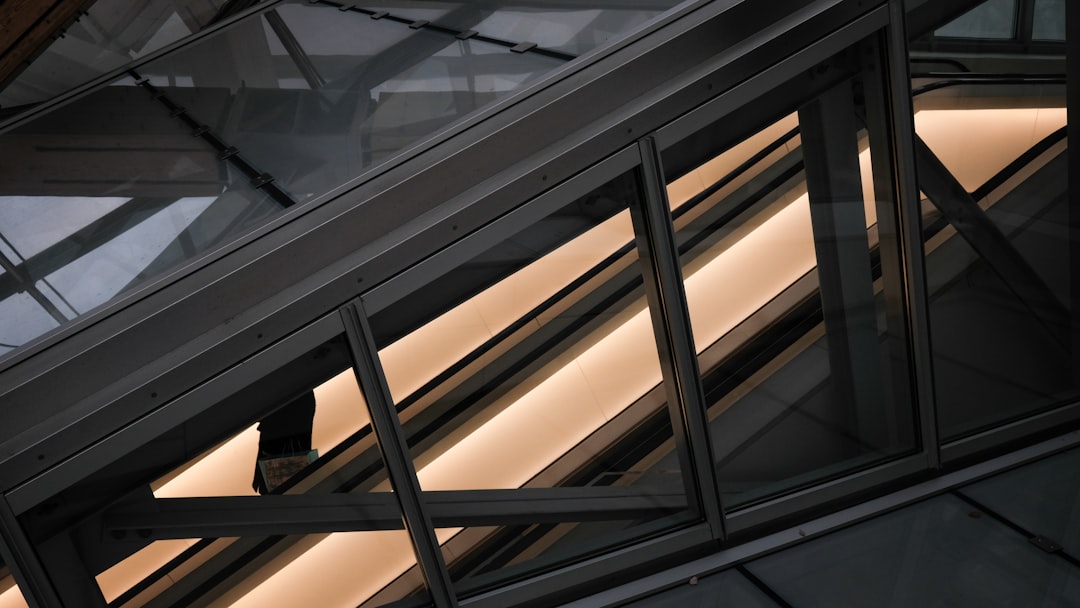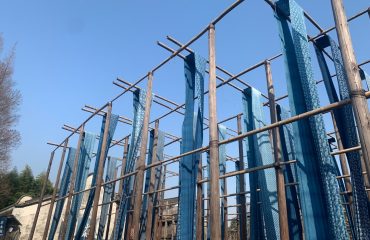In the quest for energy-efficient and sustainable building practices, thermally insulated steel profiles have emerged as a game-changer. These innovative solutions combine the strength and durability of steel with advanced insulation techniques, offering a compelling alternative to traditional materials. This comprehensive guide delves into the world of thermally insulated steel profiles, exploring their benefits, applications, materials, installation, and future trends.
Understanding the Concept of Thermal Breaks in Steel Profiles
The core principle behind thermally insulated steel profiles lies in the incorporation of “thermal breaks.” These breaks are strategically placed insulating materials that interrupt the continuous flow of heat through the steel profile. Steel, being a highly conductive material, readily transmits heat and cold. Thermal breaks act as barriers, significantly reducing heat transfer between the inside and outside of a building. This reduction translates to improved energy efficiency, reduced heating and cooling costs, and a more comfortable indoor environment. Common thermal break materials include polyamide (PA66), fiberglass reinforced polymers (FRP), and polyurethane foam. The choice of material depends on factors such as the required thermal performance, cost, and application.
Applications of Thermally Insulated Steel Profiles: Beyond the Window Frame
While commonly associated with window and door frames, thermally insulated steel profiles find diverse applications in modern construction. They are increasingly used in:
- Curtain wall systems: Creating aesthetically pleasing and highly energy-efficient facades for high-rise buildings and commercial structures.
- Doors: Offering superior strength and security while minimizing heat loss or gain.
- Window frames: Providing slimmer profiles compared to traditional materials while maintaining excellent insulation properties.
- Structural elements: In some innovative designs, thermally broken steel profiles are used as load-bearing components, offering a combination of strength and thermal efficiency.
- Solar shading systems: Integrating with solar shading devices to further enhance energy performance.
The versatility of these profiles allows architects and engineers to create innovative and sustainable building designs.
Materials Used in Thermally Insulated Steel Profiles: A Closer Look
The performance of a thermally insulated steel profile heavily relies on the quality of both the steel and the insulating material. High-quality steel ensures strength and durability, while the insulating material determines the effectiveness of the thermal break. Let’s examine some common materials:
- Steel: Typically galvanized steel or stainless steel is used, offering corrosion resistance and longevity. The steel’s thickness also impacts the overall strength and stiffness of the profile.
- Polyamide (PA66): A popular choice due to its high thermal resistance, excellent mechanical properties, and relatively low cost. It’s often reinforced with glass fibers to improve its strength and dimensional stability.
- Fiberglass Reinforced Polymers (FRP): Offer high strength-to-weight ratios and good thermal insulation properties. They are often used in demanding applications where high mechanical performance is required.
- Polyurethane foam: Provides excellent thermal insulation, but its moisture absorption can be a concern, necessitating careful design and sealing.
The selection of materials often involves a trade-off between cost, performance, and specific application requirements.
Installation and Considerations for Optimal Performance
Proper installation is crucial for maximizing the energy-saving benefits of thermally insulated steel profiles. Improper installation can compromise the integrity of the thermal break and lead to heat transfer. Key considerations include:
- Precision: Accurate measurements and precise cuts are essential to ensure a tight fit and prevent air leakage.
- Sealing: Proper sealing around the profile is crucial to prevent air infiltration, which can significantly reduce the effectiveness of the insulation.
- Fasteners: Choosing the right fasteners and installation techniques is important to avoid compromising the thermal break.
- Experienced installers: Employing experienced and qualified installers is vital to ensure correct installation and optimal performance.
- Quality control: Regular inspections during the installation process can help identify and rectify any potential issues early on.
Careful attention to detail during installation is paramount to realizing the full potential of these energy-efficient profiles.
Future Trends in Thermally Insulated Steel Profiles: Innovation and Sustainability
The field of thermally insulated steel profiles is constantly evolving. Future trends include:
- Advanced materials: Research and development are focused on exploring new insulating materials with even higher thermal resistance and improved durability.
- Improved manufacturing techniques: Innovations in manufacturing processes aim to enhance efficiency and reduce the cost of production.
- Integration with smart building technologies: The incorporation of sensors and controls can optimize the performance of the profiles and enhance overall building energy management.
- Sustainable manufacturing practices: The industry is increasingly adopting sustainable practices to minimize the environmental impact of production and transportation.
- Recyclability: Focus on designing profiles that are easily recyclable at the end of their lifespan to promote a circular economy.
These advancements will further enhance the energy efficiency and sustainability of buildings, contributing to a greener future.
Thermally insulated steel profiles represent a significant step forward in sustainable building design. Their combination of strength, durability, and energy efficiency makes them a compelling choice for a wide range of applications. By understanding their benefits, applications, and installation requirements, architects, engineers, and builders can leverage their potential to create more energy-efficient and environmentally responsible buildings.
Tags: thermally insulated steel profiles, thermal breaks, steel window frames, energy efficient construction, sustainable building materials




